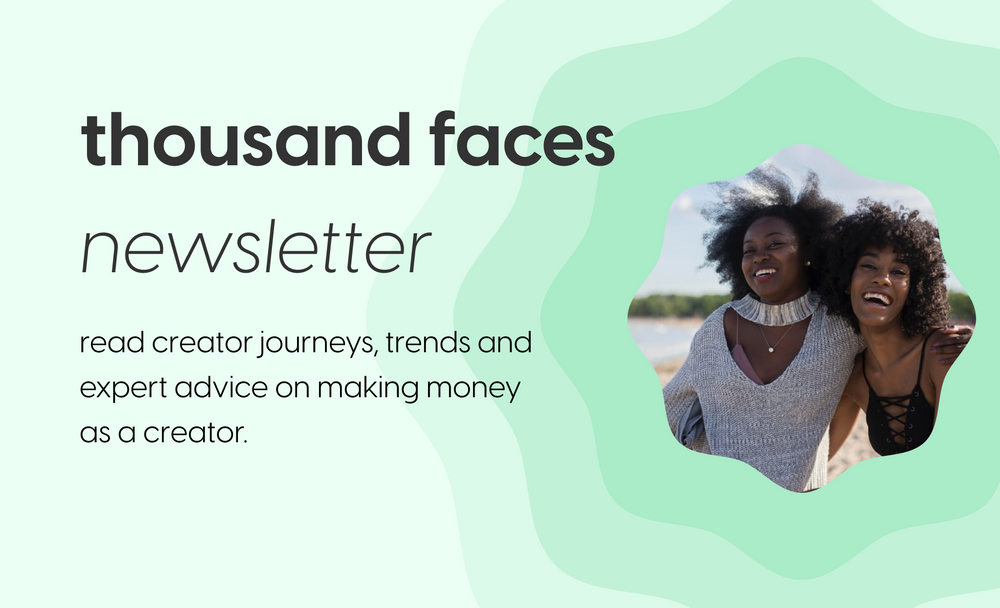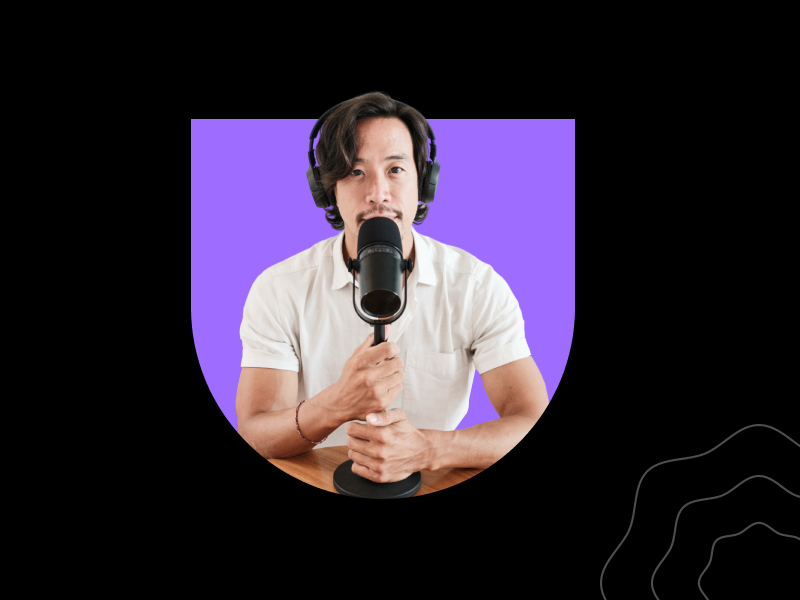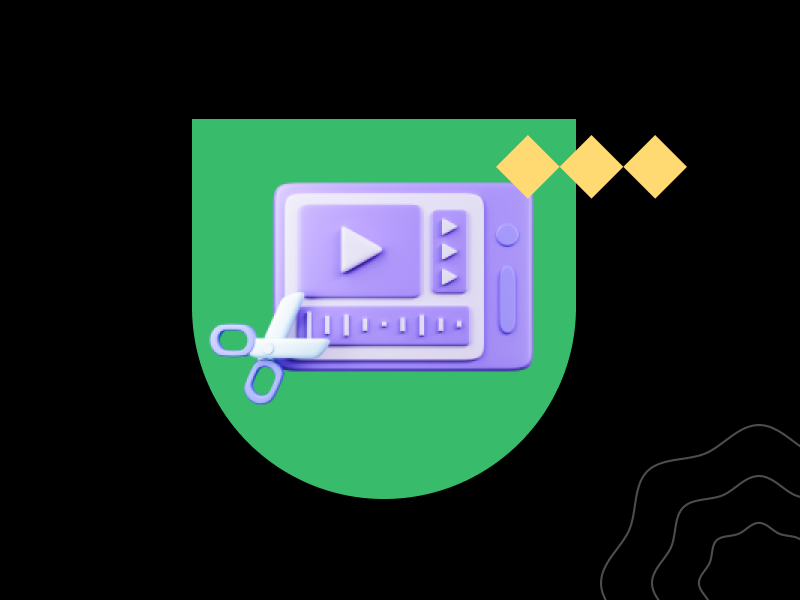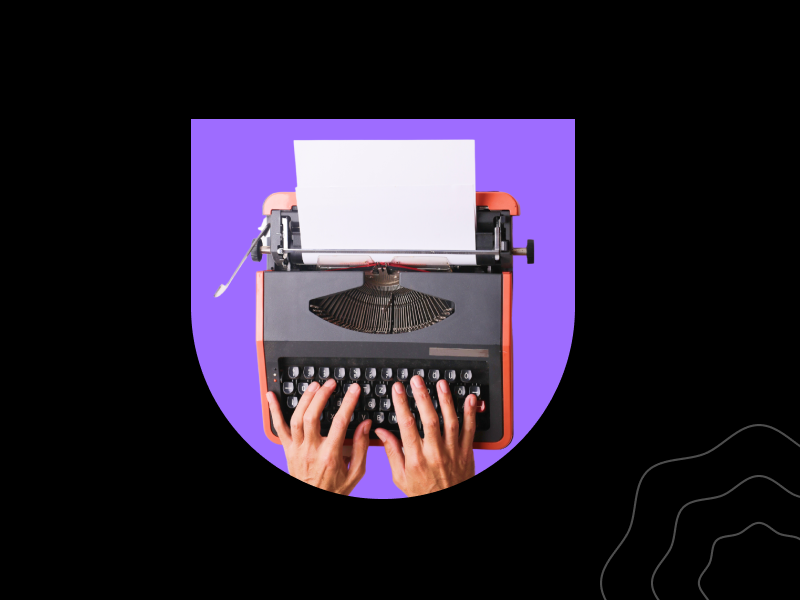So much is said about NFTs — they’re even called evil and pointless by some. But what if certain experiences are attached to them? And what if creators can use them to offer their community better experiences while making fair income?
We’ve had a fantastic conversation with Nameet Potnis, CEO of Drumworks, who is building Asset Money — a firm that manages NFT portfolios. In this conversation, he took us through NFTs, how creators and writers can use them, and stories of how brands use them.
In today’s Morning Rush, we’re sharing that conversation with you.
But, First: Who’s Nameet Potnis?
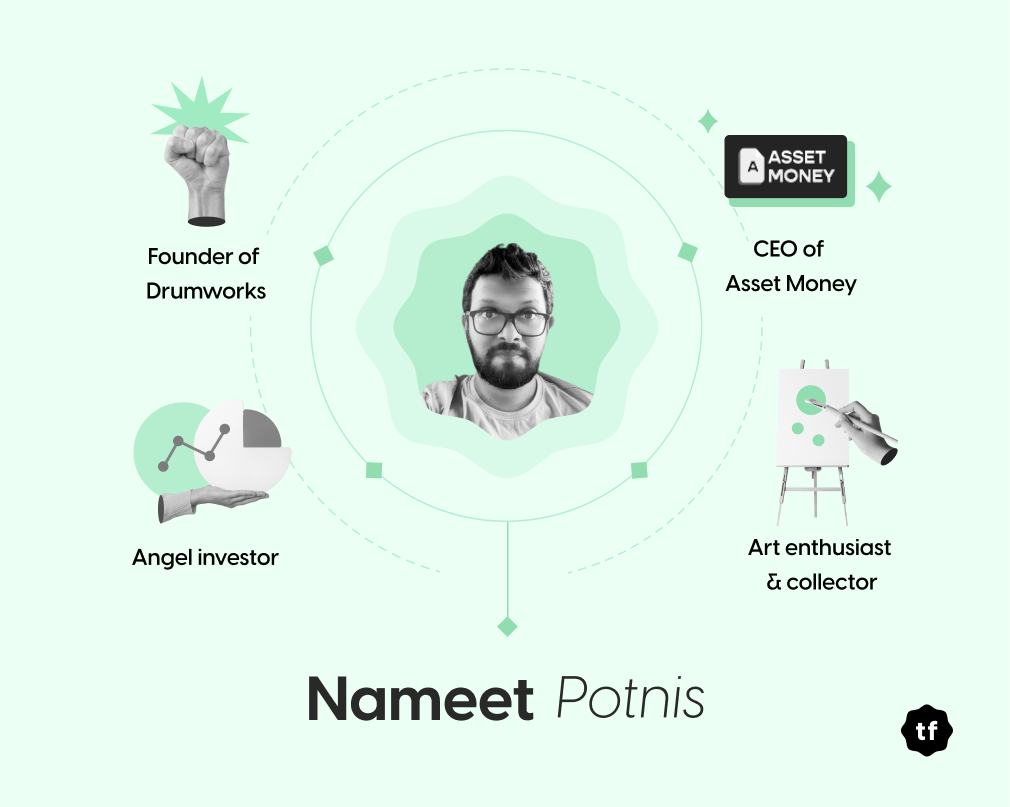
Now, let’s jump dive into it! 👇🏼
Thousand Faces Club: Let’s start with basics; how do you define NFTs?
Nameet: In simple terms, NFTs are like a human — they’re unique, they exist, and like humans, they’re non-fungible. But if you are an engineer, you must be familiar with the term pointers. Think of an NFT as something you own that points to something. And what could that something be? It could be a piece of text, an image/GIF, a video, audio, or an un-lockable experience. Some folks now mint blog posts as NFTs.
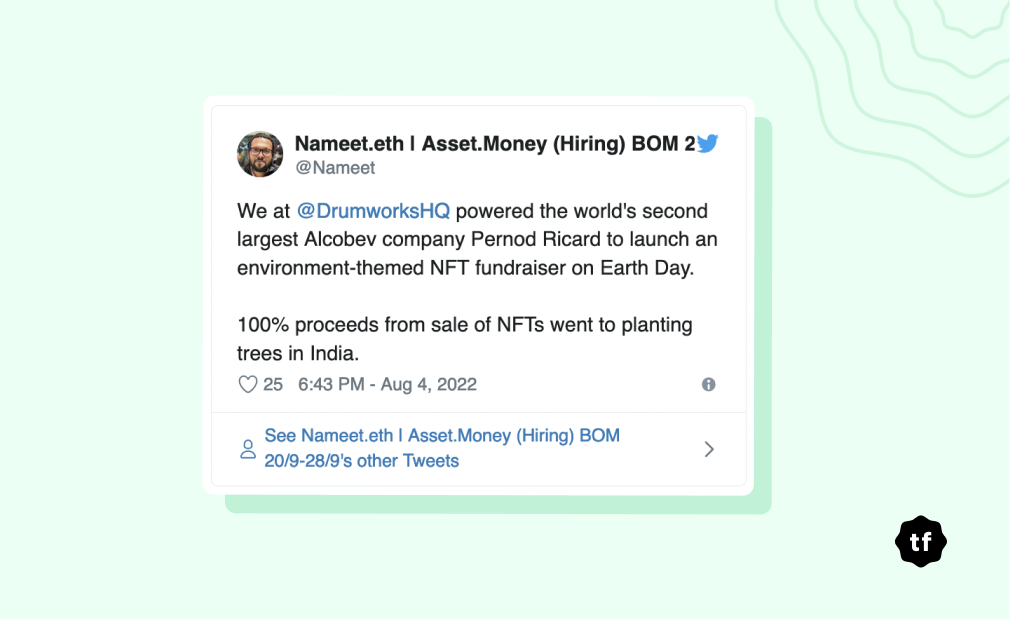
Thousand Faces: What are some examples of how brands are using NFTs to build communities?
Nameet: NFTs aren’t limited to just creators — brands, restaurants, and musicians are already leveraging them for community building. For instance, let’s take Ozzy Osbourne’s 9,666, which went beyond being digital commodities; if you possess their NFT, you could also mutate it with other NFT collections or gain backstage access to one of his concerts. Restaurants aren’t left behind — Flyfish Club is the world’s first NFT-based restaurant that lets you enjoy swanky meals and cocktails as a private dining experience.
Flyfish Club is the world’s first NFT restaurant. You can check it out here.
Thousand Faces: Can small creators leverage NFTs?
Nameet: Absolutely! The beauty of Blockchain is that it allows micro-transactions, and I believe small payment forms will be more accessible and seamless in the future. Cryptocurrency is entirely divisible, empowering many creators to jump into the NFT space. Some of the best writers I know publish their content on web3 while Substack will catch up. You should check out two platforms: Mirror and Stack, which are great for online publishing and allow minting NFTs and tipping.
Thousand Faces: Many creators say they’re not confident enough to make a living out of their craft. Do you think NFTs can help creators monetise well enough?
Nameet: Think of NFTs as a medium that may not be the answer today — but something you’ll unlock as an additional platform. For instance, think of musicians who aren’t at AP Dhillon’s level, but have people who believe in their music or support their new videos or audios. So musicians now mint about 500 NFTs and when people buy them at a certain price, allowing them to produce music videos, two things are happening: people who own the NFTs also get a certain share of the royalties when the video is sold to a certain brand/studio, and fans also experience exclusive music. Lil Nas has also done this. Some Indian musicians are doing it too, and creators can experiment with this format. Even if financial collectors come in, it’s important to find a way to harness a community, going beyond just making money. Your product should be a utility. The means to monetise exist for sure though.
Thousand Faces: Can you recommend the best way to get started with NFTs?
Nameet: I recommend going through Open Sea’s top 100 NFT projects. Most of these projects also offer rich Discord communities, so you can join one of them and learn stuff in real-time.
Found this conversation useful? You can watch the entire podcast here. 👇🏼


